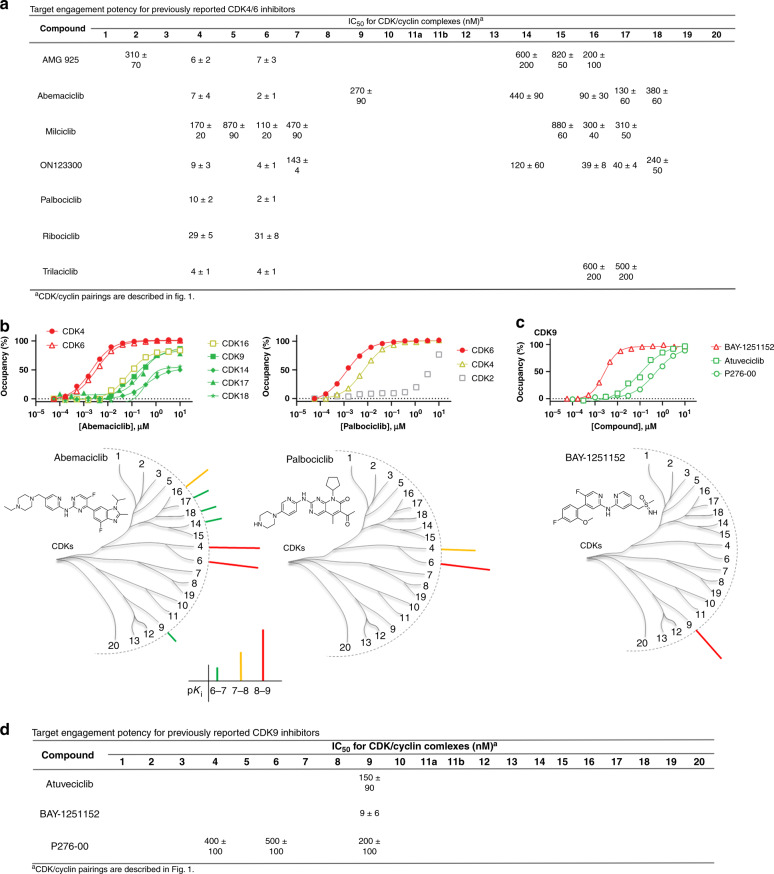Fig. 2. Selective CDK4/6 and CDK9 inhibitors.
a Live cell engagement potency for CDK4/6 selective probes. Reported IC50 data with values <1 µM. Blank cells represent IC50 values that failed to meet our criteria of potency (<1 µM) or occupancy (≥50% at 10 µM). Reported IC50 data are the mean of 3 independent experiments ± S.E.M. (Supplementary Data 2). b Upper: Target engagement of abemaciclib and palbociclib. A representative single technical replicate (n = 1) of live cell target occupancy results from 3 independent experiments (Supplementary Data 2). For palbociclib, CDK2 occupancy is included for comparative reference. Lower: Compound structures and dendrogram-based illustration of engagement selectivity for abemaciclib and palbociclib against the complete CDK family. c Upper: Target engagement of CDK9-selective inhibitors. A representative single technical replicate (n = 1) of target occupancy results from 3 independent experiments (Supplementary Data 2). Lower: Compound structure and dendrogram-based illustration of engagement selectivity for BAY-1251152. d. Engagement potency for CDK9-selective inhibitors. Reported IC50 data are the mean of 3 independent experiments ± S.E.M. (Supplementary Data 2). Blank cells represent IC50 values that failed to meet our criteria of potency (<1 µM) or occupancy (≥50% at 10 µM). Source data are provided as a Source Data file.

